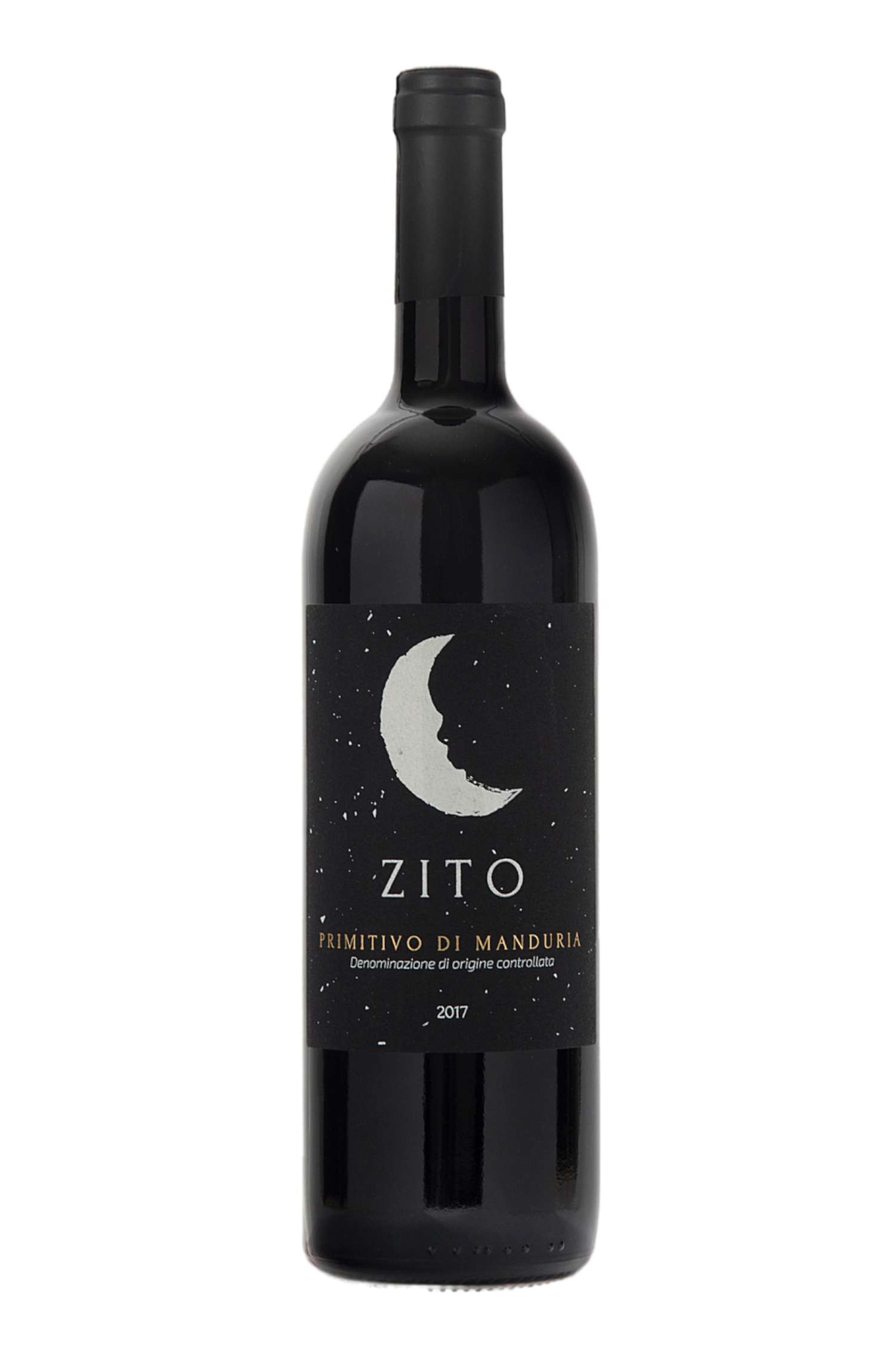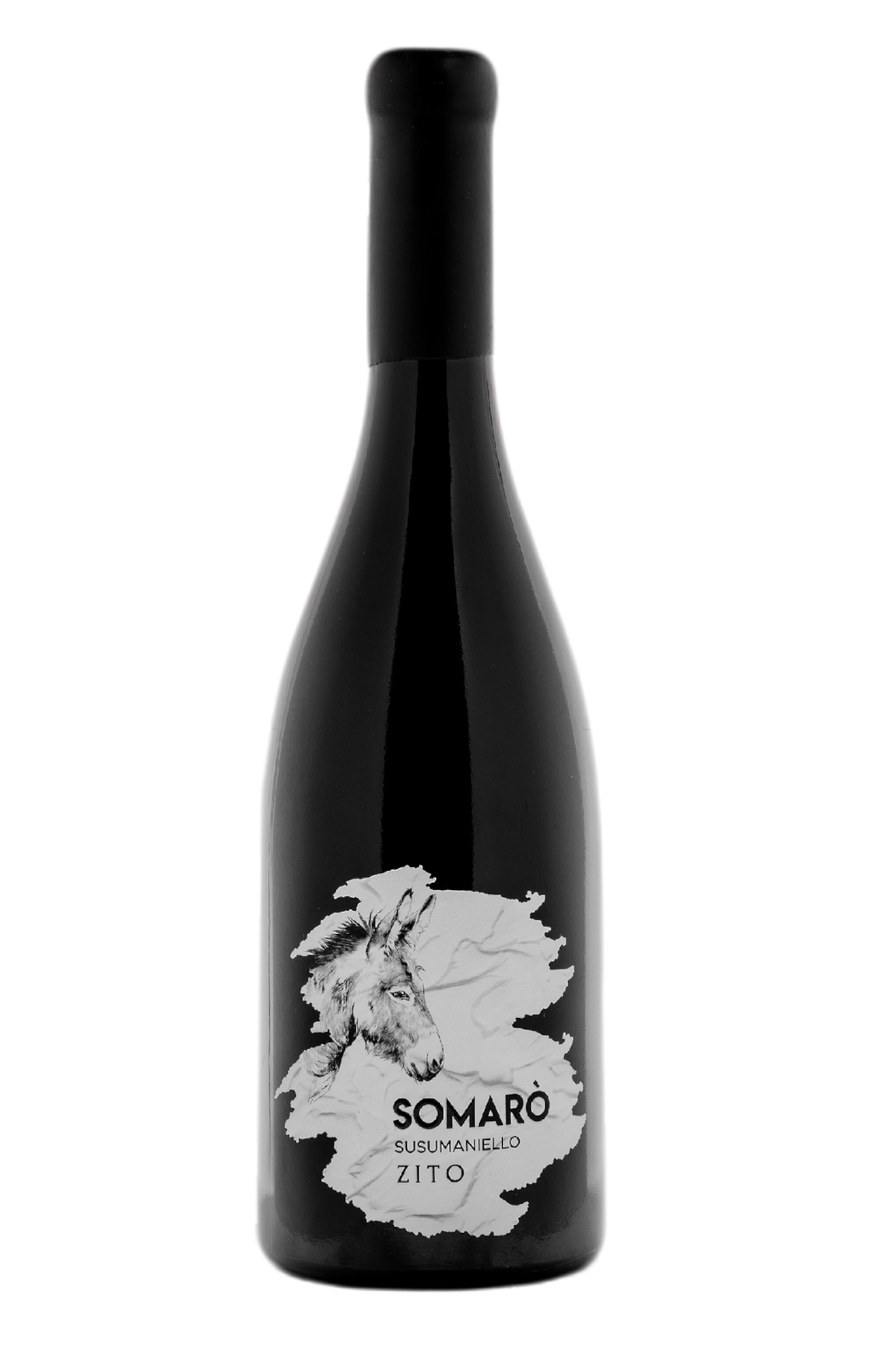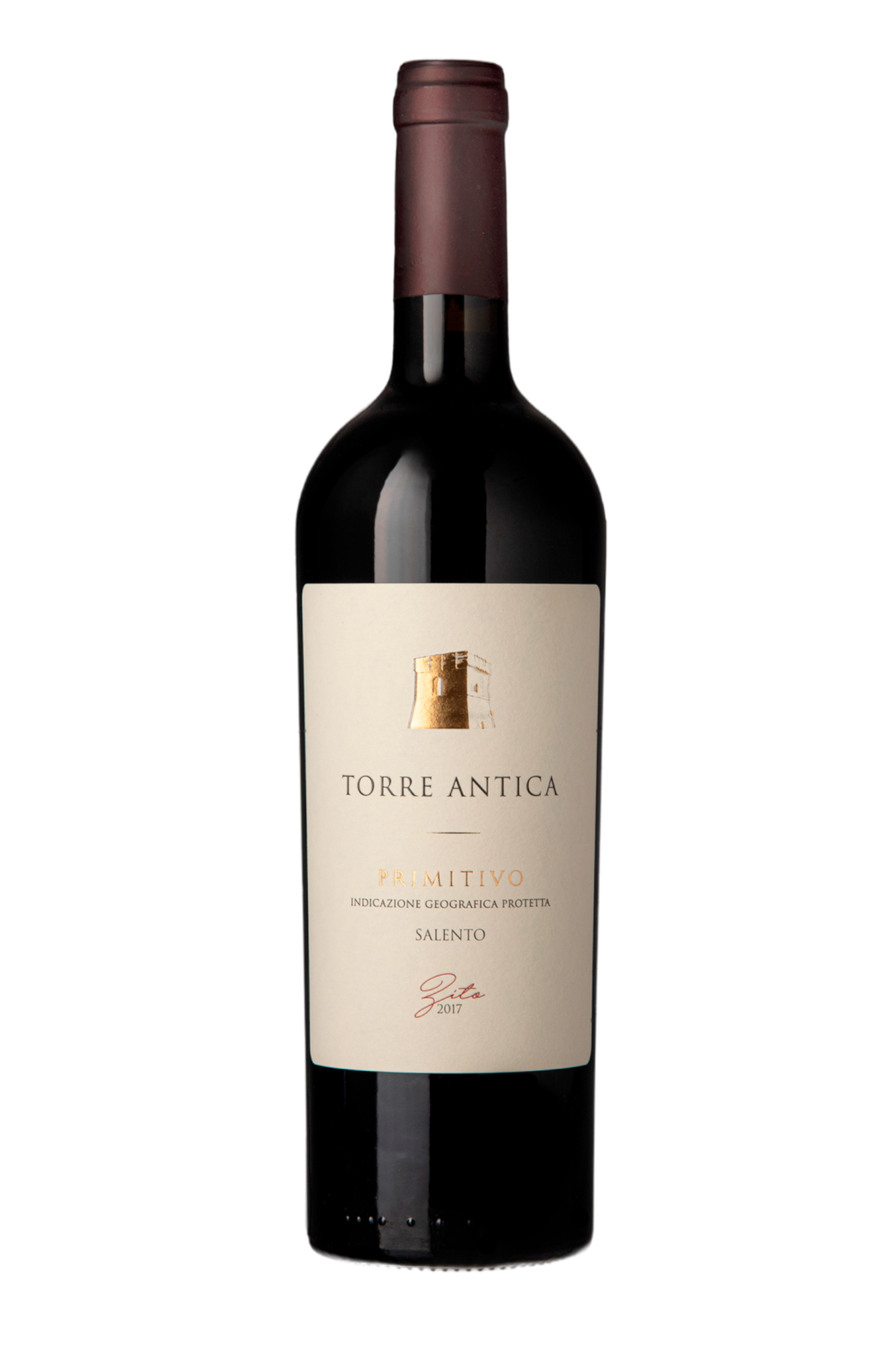While it packs a punch, this bold red wine oozes elegance and finesse. Garnet colour with flashes of purple. Red fruits and forest berries on the nose are supported by a pleasantly spicy backdrop. Its rich, warm, spacious palate is lush with fruit, overlaid with weighty tannins and a pleasing freshness. Robust length. Recommended serving temperature, 18°-20° C.
ZITO
Primitivo di Manduria DOC
Primitivo di Manduria DOC wine
One of Puglia’s most celebrated red grape varieties produces Vineka’s Primitivo Zito, a sophisticated, intense wine that distils the authentic essence of Salento.
| Colore | Rosso intenso, tendente al violaceo con riflessi granati |
|---|---|
| Gradazione alcolica | 14.5% vol |
| Vitigno | Primitivo DOC Manduria |
| Zona di produzione | Sava |
| Vinificazione | Macerazione e fermentazione a temperatura controllata |
| Temperatura di servizio | 18°-20° C |
| Acidità totale | 6 g/l |

The Zito label is named after our founder, Guglielmo Zito, a winegrower from Valle d’Itria, and features wines curated by Guglielmo himself, from grape to glass.
TASTING NOTES
FOOD PAIRINGS
This full-bodied, structured wine is the ideal match for red meat – whether roasted, grilled or with spicy sauces – and game, to offset its chunky tannins and power. Ideal pairings are also slow-cooked stews and casseroles. Also great with legumes, meaty pasta dishes and flavoursome mature cheeses. Its lovely roundness also makes it ideal for leisurely sipping with biscuits, toasted almonds or cherry preserves.
GRAPE VARIETY AND VINIFICATION
Our Primitivo D.O.C. Manduria Zito is grown in the Sava area, and the vines are espalier trained (the most suitable technique for this variety). Monovarietal Primitivo was revived fairly recently: used mainly in commercial blends for several decades, it has come into its own, as winemakers have realised its potential for producing fantastic fine wines. The varietal’s core aromatic characteristics are drawn out by choices made in the vinification process, with controlled temperature maceration and fermentation followed by partial ageing in oak barrels.


